Macro Photography Techniques: Capture Stunning Details Up Close
Macro photography brings the smallest details to life, revealing textures, colors, and patterns that are often invisible to the naked eye. Whether you’re photographing flowers, insects, or everyday objects, macro photography allows you to explore a world of intricacies. In this guide, we’ll cover essential macro photography techniques, recommended gear, and tips to help you capture captivating close-ups.
What is Macro Photography?
Macro photography focuses on capturing small subjects at life-size or greater magnification. True macro lenses offer a 1:1 magnification ratio, meaning that the subject appears life-sized on the camera’s sensor. This type of photography requires specific techniques and equipment to achieve sharp, detailed images with a shallow depth of field.
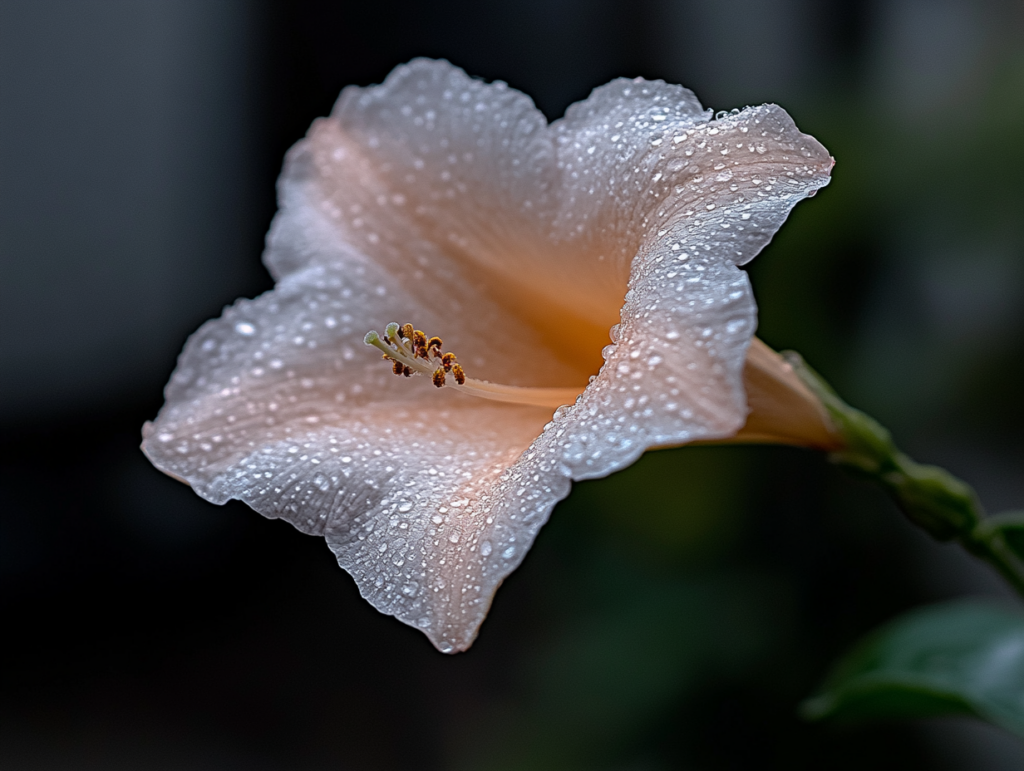
Essential Macro Photography Techniques
1. Use a Dedicated Macro Lens
A dedicated macro lens provides the best results for close-up photography, offering a 1:1 magnification ratio. Common macro lens focal lengths include 60mm, 90mm, and 100mm, each providing a unique working distance and perspective.
Tip: A 100mm macro lens is ideal for insects, as it allows you to maintain distance without disturbing your subject.
2. Use Manual Focus for Precision
Manual focus gives you more control over focus placement, especially at close distances where autofocus may struggle. When shooting macro, even slight shifts in focus can make a big difference. Use live view and focus peaking (if available) for more precise focus.
3. Try Focus Stacking for Greater Depth of Field
Depth of field is extremely shallow in macro photography, making it difficult to keep the entire subject in focus. Focus stacking involves taking multiple shots at different focus points and merging them in post-processing to create an image with a greater depth of field.
Tip: Use a tripod to maintain alignment between shots when focus stacking.
4. Control Aperture for Depth of Field
Choose a smaller aperture (e.g., f/8 or f/11) to achieve more depth of field and capture more details across your subject. However, be mindful of diffraction, which can soften the image at very small apertures like f/16 or f/22.
5. Use a Tripod for Stability
Macro photography often requires slow shutter speeds, especially in natural light, which can introduce motion blur. A tripod stabilizes your camera, allowing for sharper images and more flexibility with composition and focus.
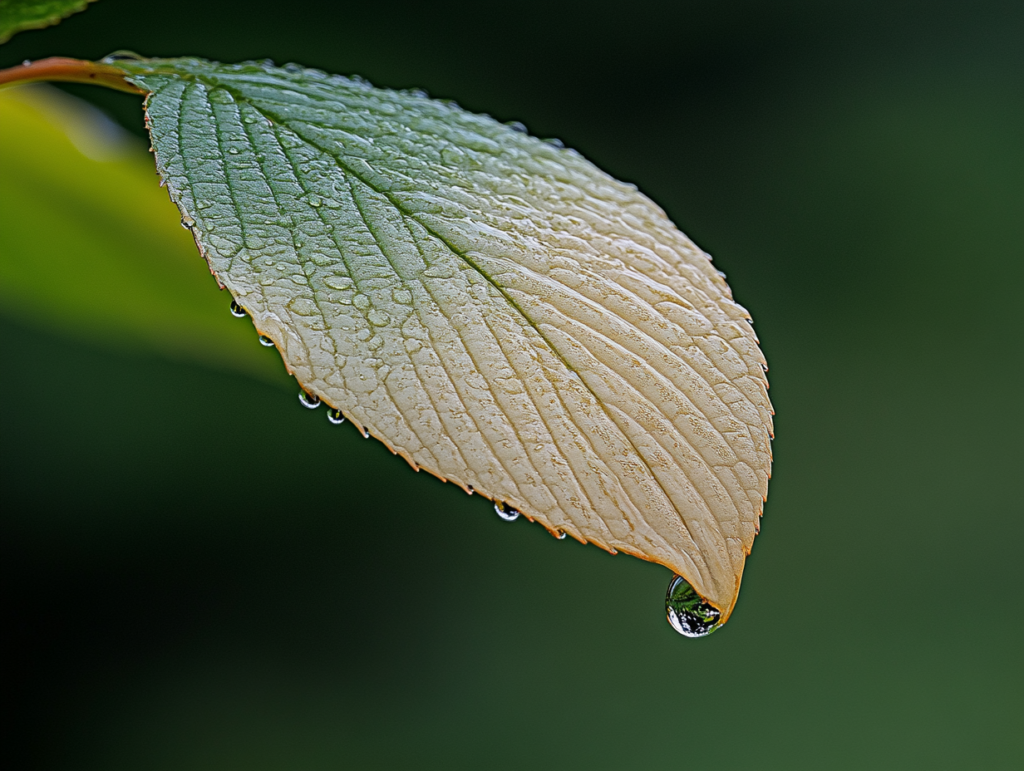
Best Macro Lenses by Brand
Canon
- Canon EF 100mm f/2.8L Macro IS USM: This lens provides a 1:1 magnification ratio and features Hybrid Image Stabilization, reducing camera shake during handheld shooting. Its weather-sealed construction ensures durability in various conditions.
- Canon RF 100mm f/2.8L Macro IS USM: Designed for Canon’s mirrorless RF mount, this lens offers up to 1.4x magnification and includes a spherical aberration control ring to adjust bokeh characteristics.
Nikon
- Nikon AF-S VR Micro-NIKKOR 105mm f/2.8G IF-ED: A classic macro lens with Vibration Reduction (VR) technology, providing sharp images even at close distances. Its Silent Wave Motor ensures quiet and accurate autofocus.
- Nikon Z MC 105mm f/2.8 VR S: For Nikon’s Z-series mirrorless cameras, this lens offers superior sharpness and a 1:1 reproduction ratio, making it ideal for detailed macro work.
Sony
- Sony FE 90mm f/2.8 Macro G OSS: This lens provides Optical SteadyShot image stabilization and a 1:1 magnification ratio, delivering sharp and detailed images. Its focus hold button and sliding focus ring enhance manual focus control.
Fujifilm
- Fujifilm XF 80mm f/2.8 R LM OIS WR Macro: Offering a 1:1 magnification ratio and Optical Image Stabilization, this lens is weather-sealed, making it suitable for various shooting conditions.
Olympus
- Olympus M.Zuiko Digital ED 60mm f/2.8 Macro: Designed for Micro Four Thirds cameras, this lens provides a 1:1 magnification ratio and features weather-sealing, ensuring durability in diverse environments.
Sigma
- Sigma 105mm f/2.8 DG DN Macro Art: Available for Sony E and L-mount cameras, this lens offers exceptional sharpness and a 1:1 magnification ratio, making it a versatile choice for macro photography.
Tamron
- Tamron SP 90mm f/2.8 Di VC USD Macro: Compatible with Canon and Nikon mounts, this lens features Vibration Compensation and a 1:1 magnification ratio, providing sharp and detailed images.
Tips for Different Macro Photography Subjects
1. Flowers and Plants
For flowers and plants, focus on interesting parts like petals or stamen to bring out details. Use a wide aperture to isolate the subject from the background, creating a beautiful blur that highlights the subject.
2. Insects and Small Wildlife
Insects require patience and a steady hand. Use a longer focal length (e.g., 100mm or more) to avoid disturbing them. Choose a fast shutter speed (e.g., 1/200s or faster) to freeze movement and capture sharp details.
3. Water Droplets and Reflections
Water droplets add an interesting element to macro photography, reflecting and distorting the surrounding scenery. Use a small aperture and high shutter speed to capture the droplet details and prevent movement blur.
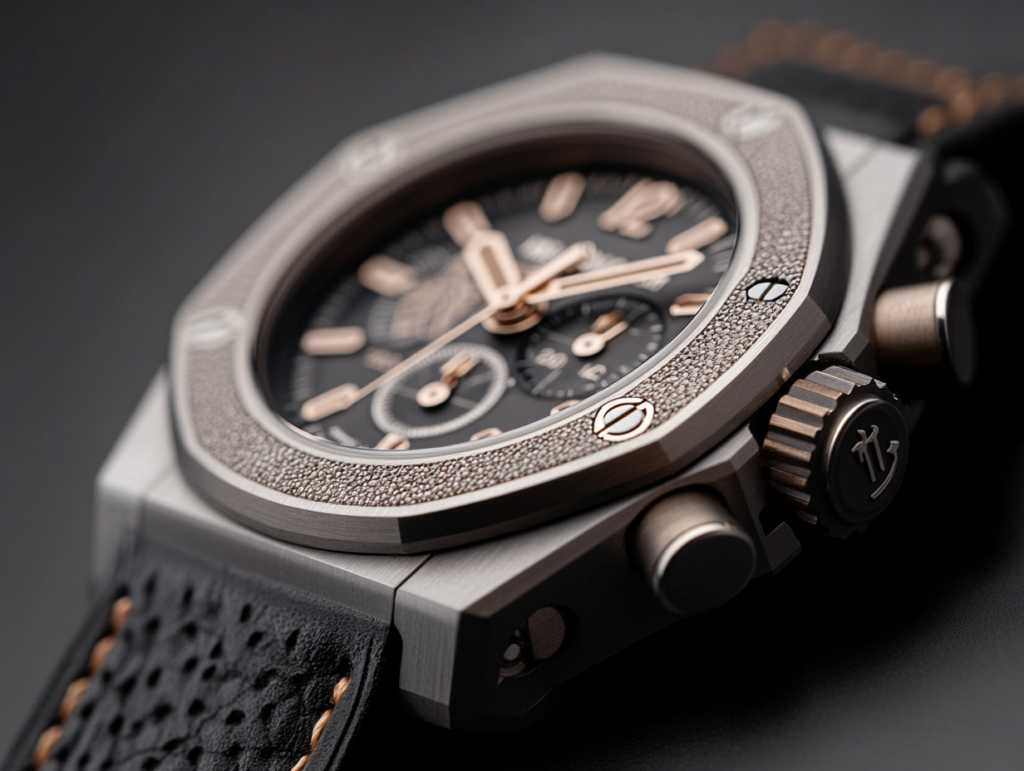
Lighting Tips for Macro Photography
1. Use Natural Light When Possible
Natural light is often softer and more flattering for macro photography. Place your subject in indirect light, such as under a cloudy sky or in shade, to avoid harsh shadows.
2. Control Shadows with Reflectors
Reflectors help fill in shadows, creating a more balanced and detailed image. Use a small reflector to bounce light into shadowed areas, especially when working with flowers or insects outdoors.
3. Try Diffused Flash for Indoor Shots
If shooting indoors, a diffused flash softens light and reduces shadows. A ring flash or off-camera flash with a diffuser provides even lighting that highlights the subject’s texture and details.
FAQs
What is the best macro lens focal length?
A 100mm macro lens is a versatile choice, providing enough working distance for insects and small wildlife without disturbing them. For flowers and static subjects, a 60mm or 90mm lens also works well.
How do I avoid camera shake in macro photography?
Use a tripod to stabilize your camera and prevent shake. Additionally, use a remote shutter release or the camera’s timer function to avoid touching the camera during the shot.
Can I do macro photography without a macro lens?
Yes, you can use extension tubes, close-up filters, or reverse rings to achieve macro-like magnification without a dedicated macro lens. These accessories allow closer focusing distances but may reduce light and image quality.


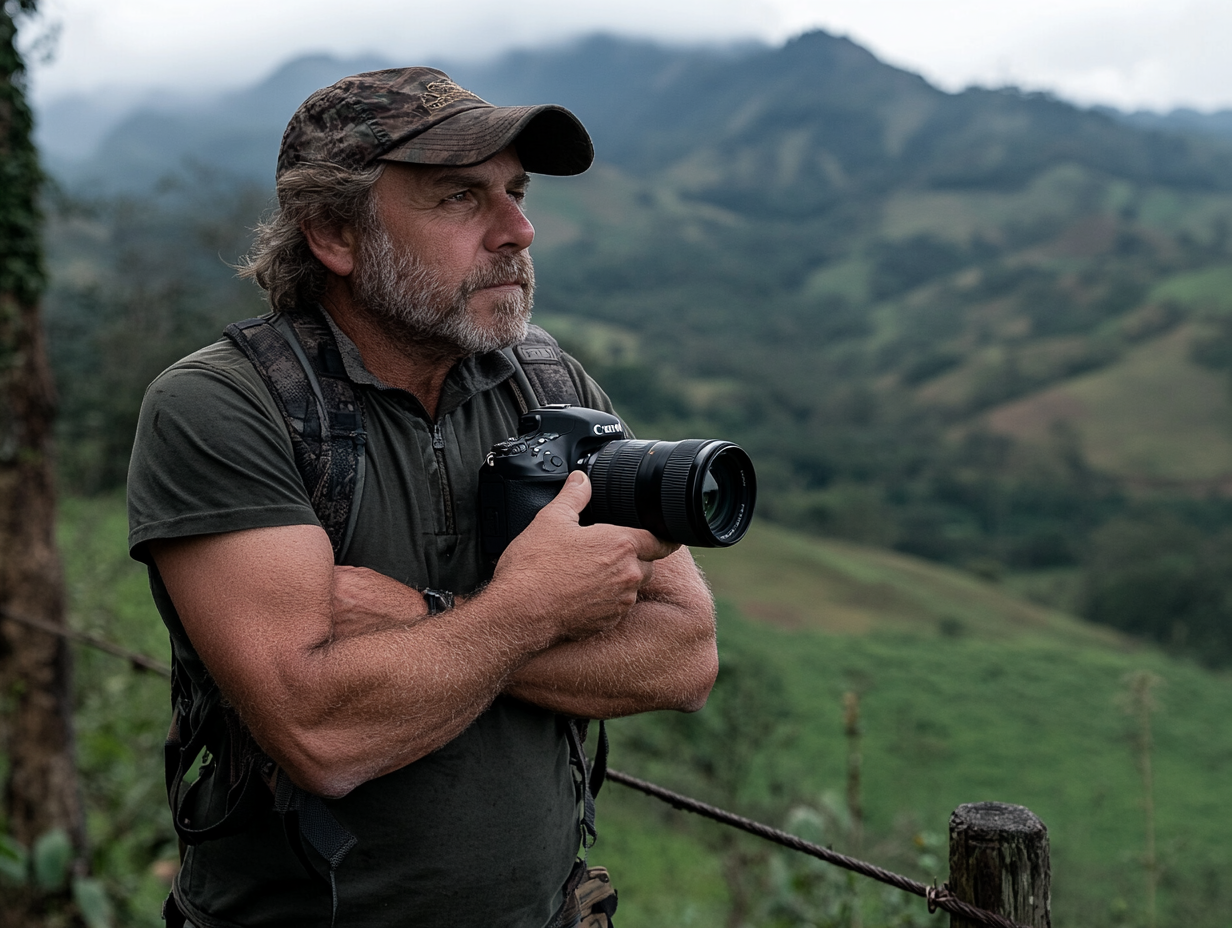
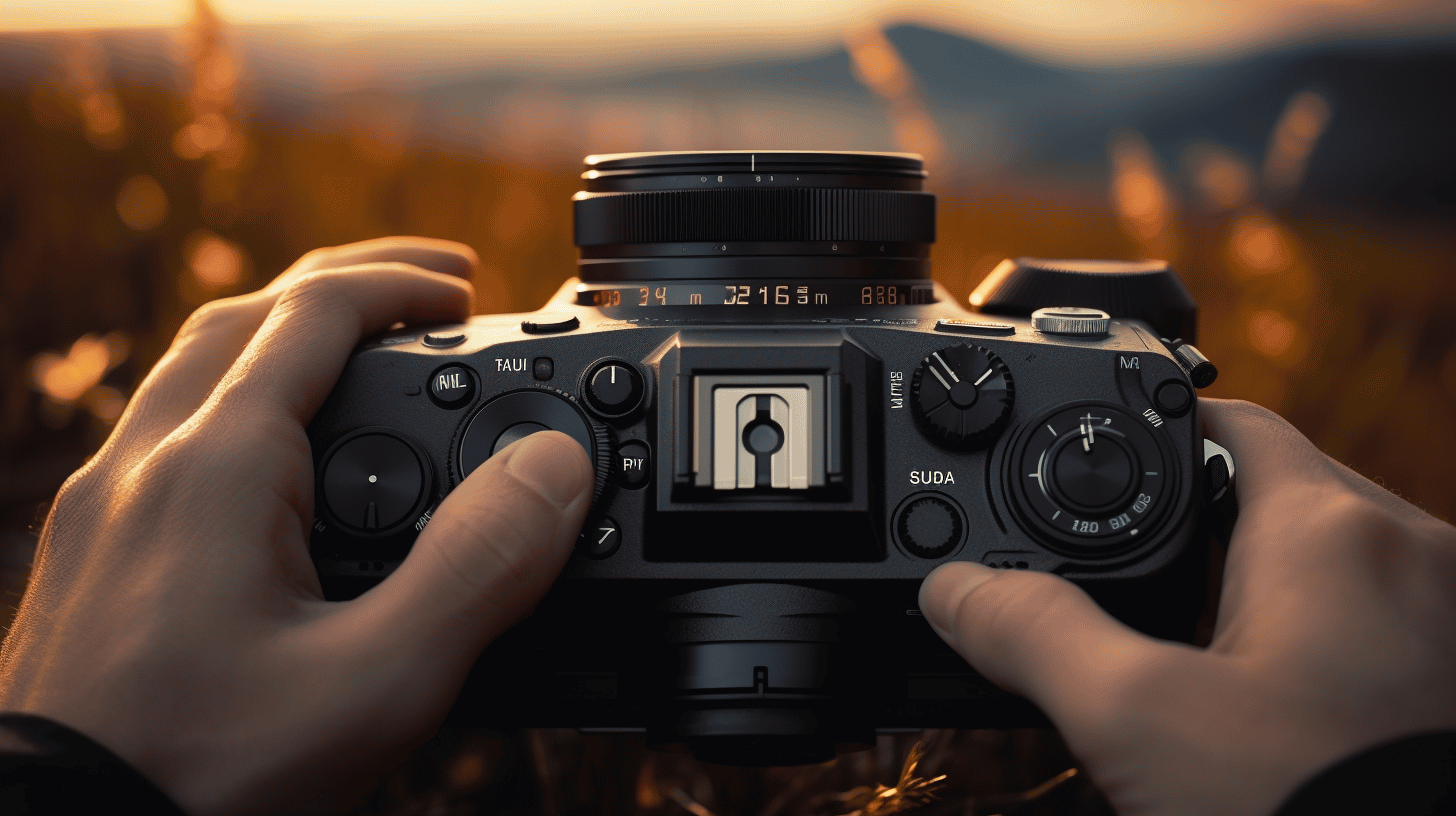
0 Comments